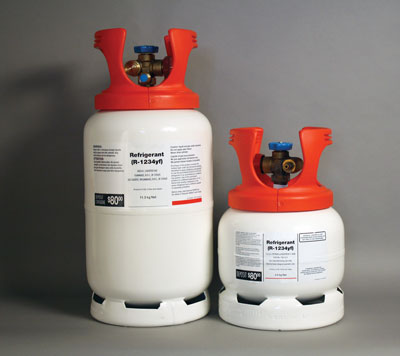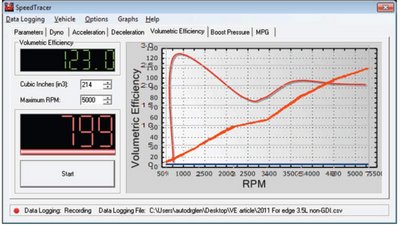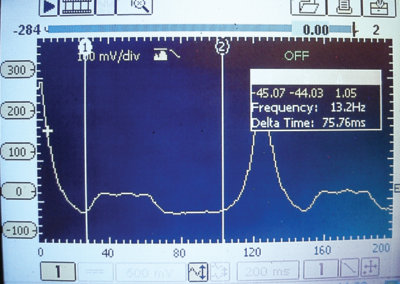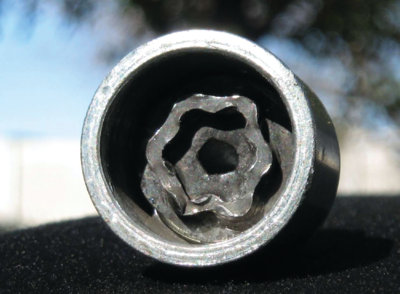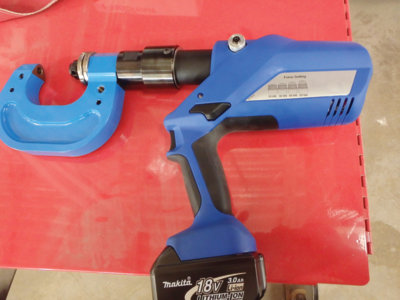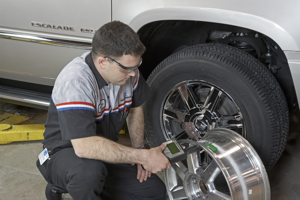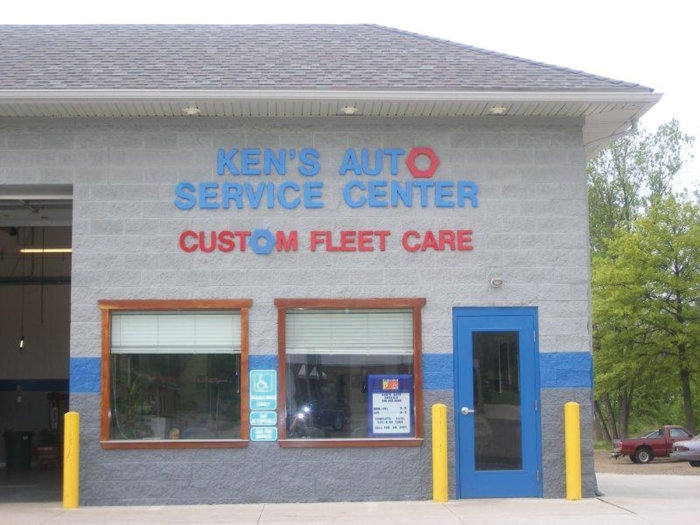Heat is every vehicle’s enemy. With the tremendous amount of heat that builds up under the hood of any car, truck or SUV, especially those vehicles with heat-generating performance add-ons such as turbochargers, excessive heat can compromise an engines’ efficiency.
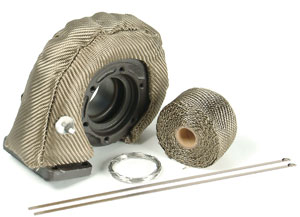
A high performance power booster such as a turbocharger can show impressive horsepower gains but they also produce a huge amount of heat and red-hot turbine conditions. Turbochargers have been known to bake paint off the under side of hoods, melt electrical wiring, oil feed and return lines, hoses and anything remotely close to this high temperature heat source.
Power-robbing excessive heat can also have a negative impact on the vehicles’ driver and it’s occupants and has been proven that excessive interior heat can cause driver stress and fatigue.
Design Engineering (DEI) has come to the rescue with their new Titanium Turbo Shield with LR Technology custom fit for T3 turbochargers. Constructed from pulverized lava rock, extruded into fibers and then woven into a tight weave, gives this material titanium-like strength and durability. A high temperature rated silica insulation padding serves as added protection to handle direct continuous heat up to 1800 degrees F (980°C) and up to 2500 degrees F (1370°C) of radiant heat.
This improvement in underhood thermal management helps keep more heat inside the turbo to spool up faster while reducing radiant temperatures resulting in cooler air intake temperatures for improved performance and a boost in horsepower. Less heat circulating in the engine bay also means reducing the chances of “heat soak” conditions on vital underhood components.
Other less thought of but important benefits include the less likely chance of severe burns while coming in close contact with turbos, the reduced risk of a flash fire from oil or gas hitting the hot turbine as well as protecting painted surfaces. Plus DEI’s Titanium T3 Turbo Shield offers an added feature — a very cool carbon fiber look!
Anchoring hooks have been incorporated and strategically located on the shield as a way for fastening it securely to the turbine housing. The T3 Turbo Shield is sold separately or as a kit that includes a 2 inch by 15 foot roll of Titanium down pipe wrap, two 14-inch stainless steel Locking Ties and 5 feet of fastening wire. Everything needed for a quick and simple install.
More 2000 products were entered into the 2008 SEMA Show new product showcase during the SEMA Show held in Las Vegas, each vying for awards. Design Engineering’s Titanium T3 Turbo Shield was selected and awarded one of the Top 10 Best Engineered New Products at the show.
For more information on Design Engineering’s new Titanium T3 Turbo Shield and other DEI thermal tuning products, visit: www.DesignEngineering.com, call 1-800-264-9472 or email: [email protected].


